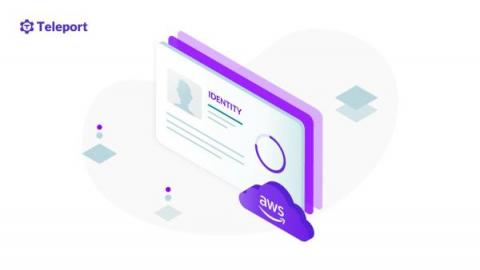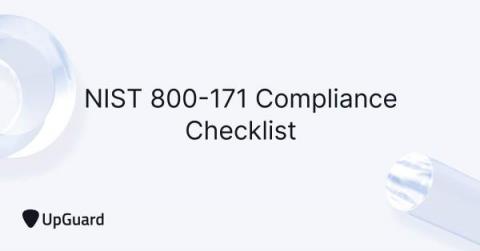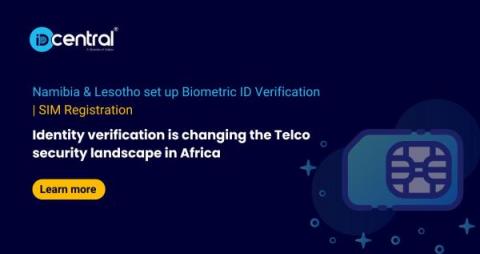Getting Started Guide: Falcon Long Term Repository
Limited data retention resulting from financial or technological constraints makes it hard for security teams to see the complete history of an attack. This lack of full context about a threat — or a potential threat — eventually catches up with organizations, leading to longer dwell times and increased risk of a breach.










